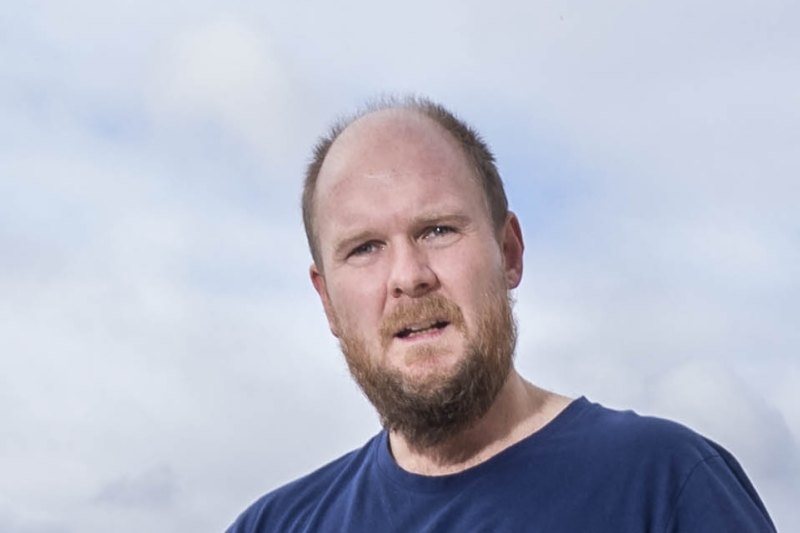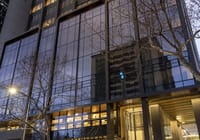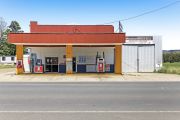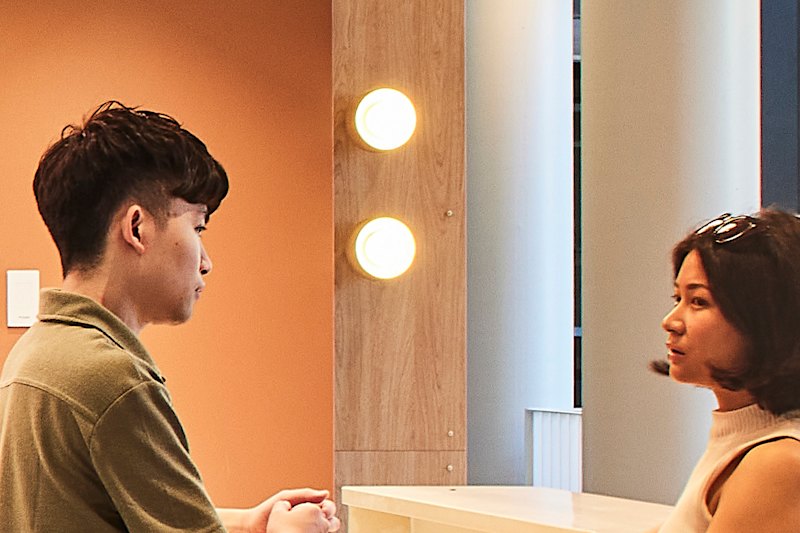
Home builder Simonds says consumer confidence is returning
Simonds Group is “excited” about the future, saying sales are picking up and a strengthening in consumer confidence means the worst is over in Australia’s embattled home-building sector.
Even as higher materials and labour costs cut gross profit to $119.2 million in the year to June from $135.9 million and net after-tax loss widened to $23.3 million from $9.7 million, Simonds said consumer confidence was picking up after 12 interest rate rises in 13 months.

“We are seeing that consumer confidence has definitely returned in the last three-four months,” chief executive Rhett Simonds told The Australian Financial Review on Monday afternoon.
“Our sales haven’t slowed. They’re trending to be more positive over the course of the last three-four months than they have been for the last 12 months.”
It’s a hopeful sign for an industry desperate for good news. The home builder – the country’s seventh-largest, in the most recent industry ranking, for financial year 2022 – reported earnings after a mixed half-year in which it cut a further 10 per cent of its staff, the second such reduction in seven months, but also picked up contracts for unfinished homes following the collapse of rival Porter Davis Homes.
Mr Simonds shrugged off the notion that new home sales were slowing, saying his company, which operates in the affordable space for house-and-land packages as well as more premium segments for knock-down-and-rebuild homes, was not seeing a decline.
“We are in the affordable part of the market,” Mr Simonds said. “We’re selling more single-storey homes than double-storey ones – we have seen a little shift there.”
But the company founded by Mr Simonds’ grandfather Gary Simonds – who remains the largest shareholder with a majority stake in the company that listed in 2014 – said new housing starts fell by 425, or 18 per cent, to 1951 in the year to June from 2022. It declared no dividend.
After a glut of work – and fixed-price contracts creating a crunch with soaring costs that pushed many businesses to the wall – the industry is now facing a slowdown.
New approvals of detached houses fell in the year to June to 106,958, a near-four-year low and the weakest since August 2020, two months after the introduction of the former Coalition federal government’s HomeBuilder incentive payments.
As builders work their way through the pipeline of work stimulated by incentive schemes and record-low borrowing costs, interest rates that are 4 percentage points higher than in April last year mean consumers can borrow less than they could even though inflation has pushed the cost of new homes up.
Housing Industry Association figures last week showed new home sales fell in July for a second month and said home-building activity would slump to a decade low next year, even if the Reserve Bank of Australia cut interest rates immediately.
Mr Simonds said the company had confirmed with Victorian state insurer VMIA to take over 300 contracts from failed rival home builder Porter Davis – fewer than the 500 it said in June it could take – of which 70 jobs had already started on site.
Even though higher borrowing costs and living pressures would keep affecting customers in the near term, things were improving, Mr Simonds said.
“Build times and productivity continue to improve as the supply chain challenges ease and industry moves past peak construction,” he said.











